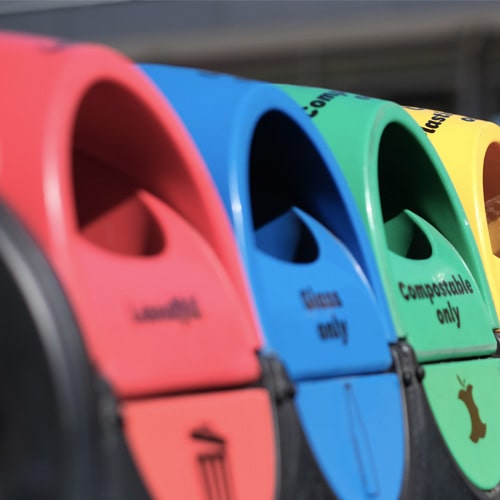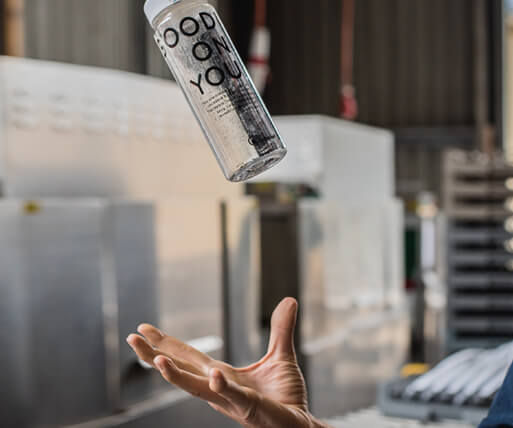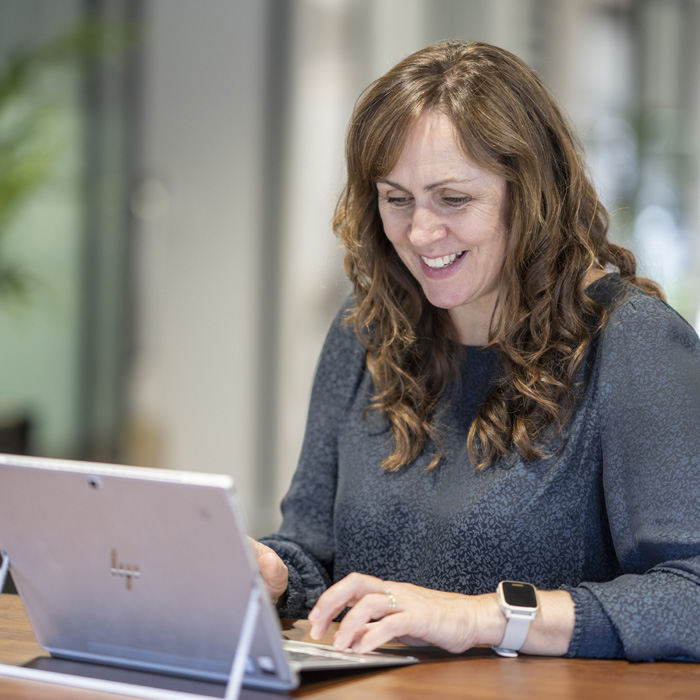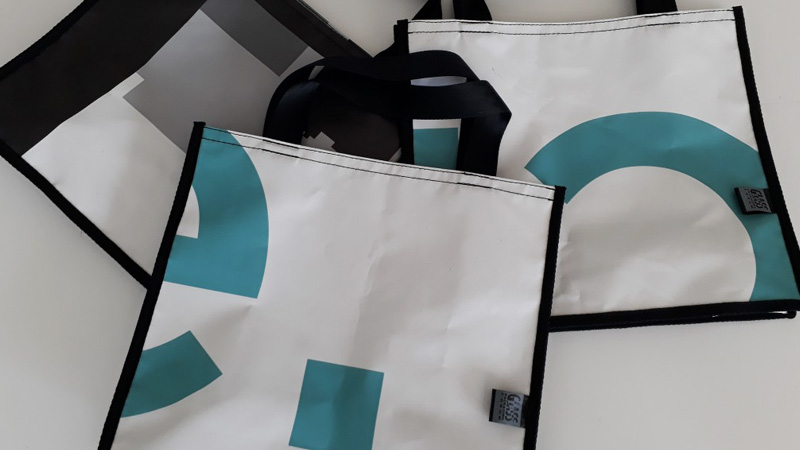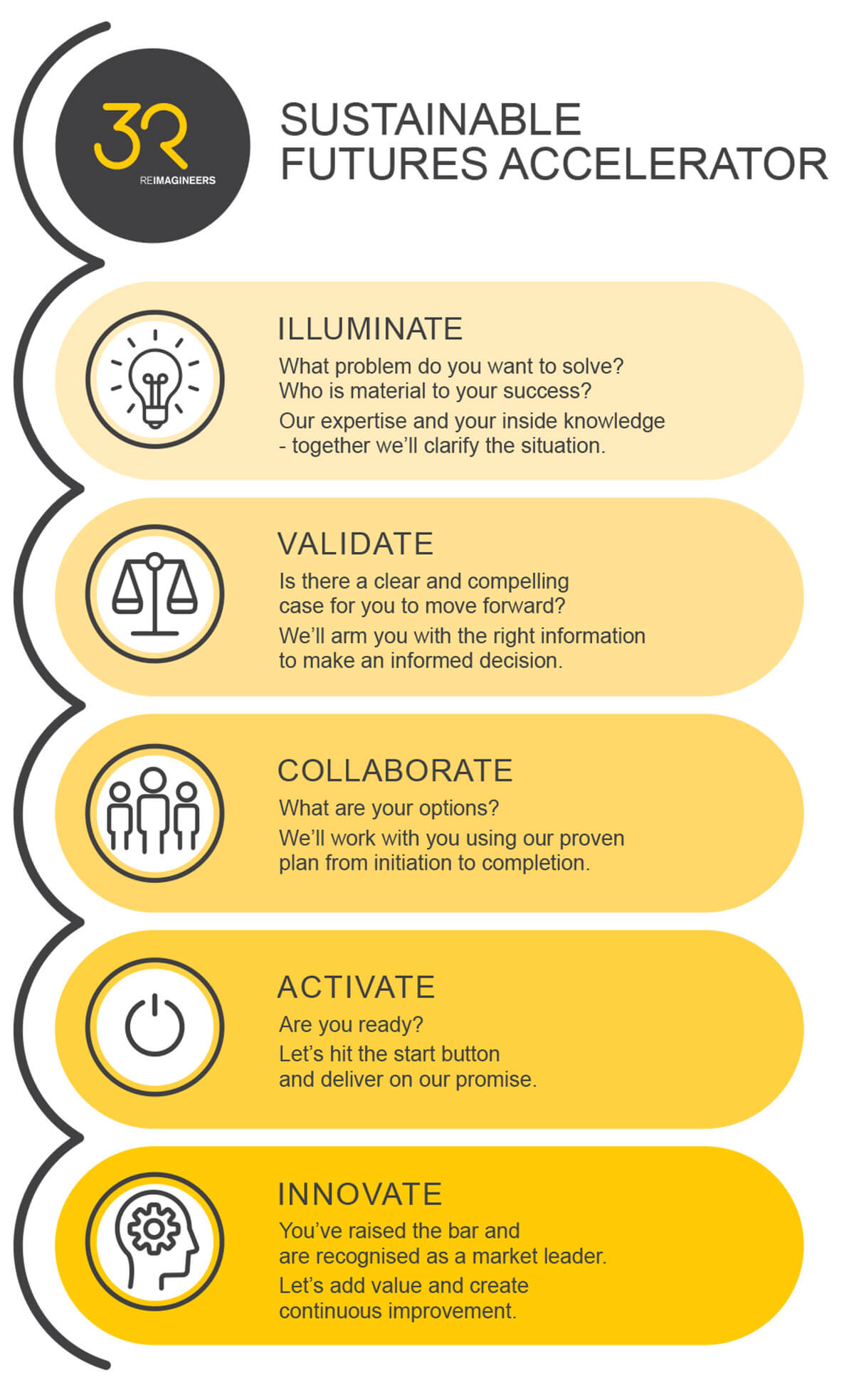Changing our attitude to plastic
Durable, reusable shopping bags are a great way to make plastic the hero, rather than the villain.
Plastic gets a bad rep; the big bad villain that is slowly choking the world.
Its effects on the environment are undeniable, but plastic didn’t put itself in the oceans for turtles to eat, or in the forests to smother wildlife. That dubious honour goes to us humans. We are the ones who invented something which is cheap to make, durable and very long lasting, but then started using it everywhere with limited thought around its disposal.
As discussed in my previous article, there are many different types of plastic – all with different properties and applications. But the trifecta of “cheap, durable and long lasting” is generally true for them all.
The most common reaction has been to shun plastic and search for alternative options. Paper shopping bags are a classic example. Just about everyone knows paper can be recycled, but few in the general public know the manufacturing of paper bags results in significantly greater resource use and greenhouse gas emissions than plastic. Given that climate change is the greatest threat we now face, it’s important to factor in the emissions from not only the use and disposal of a product, but its production too.
And while mixed plastics have been the focus of extensive media attention, China’s National Sword policy is affecting the recycling of mixed paper in equal measure.
Paper wins out in terms of how quickly, and benignly, it breaks down in the environment, meaning if it ends up as litter its impact is nothing like that of plastic. While it’s important to consider the impact an item has should it end up as litter, this is only one factor to consider.
The answer isn’t to stop the production of plastic – the world has after all become utterly reliant on it, and in many instances, it has made the world a better place. We rather need to stop viewing plastic items as disposable things. This attitude is contradictory to its design. We need to accept its valid use and harness its potential to be made into products that can be re-used time and again.
Among other things, plastic can be a great way to reduce waste by extending the shelf life of food products – not only by keeping it fresh for longer but also by keeping it safe to eat.
Addressing overuse is a critical element to using plastic for good, as well as considering recyclability and appropriate disposal at all stages of the product life cycle. Excess packaging is a prime example. Consumers can effect change through their buying power, while product designers can do so at the proverbial coal face.
So why has plastic become this single-use material? As with so many things the reasoning can be boiled down to economics.
One of the great things about plastic is that it’s cheap. This is also one of its biggest problems. It’s human nature to let the monetary value of an item largely dictate the material value we put on it. If something is cheap then it can’t be very good or long lasting, and we are happy to throw it away.
Plastic isn’t likely to suddenly become a premium product, but nor does it need to. What is needed is a change in our attitudes towards it by seeing it from a circular economy perspective.
In the circular economy – dubbed the “economy of the future” – resources are maximised before being reused or recycled. In the same way we should be getting the absolute maximum value from plastic products, and use them as a way of reducing waste.
Fortunately, change is beginning to happen with simple single-use products like straws and shopping bags. However, we need to challenge ourselves to broaden this beyond the supermarket and bar and look with a fresh eye at all plastics in our lives – the enormous amount of plastic which goes into children’s toys is just one example.
We can and should make far better use of this “miracle” material.
Natalie Martin is 3R Materials Innovation Manager

